 By: Marissa Ranahan Fall is a time for immense transition. This is evident in our bodies and surrounding environment. The earth begins to turn brown, trees shed their summer leaves, and the air transitions from heavy to crisp. And for most, autumn leaves us feeling empty, vulnerable, and raw. However, it also cultivates feelings of new energy and possibilities ahead. Autumn welcomes us with its dominant prana energy. Our outer air becomes dry, cooling, and subtle – all traits that are shared with the Vata Dosha. This is why, out of all the seasons, autumn is categorized as predominently vata. Given vata season is almost here, Autumn is perfect for settling into a new routine. Follow the guide below to explore how you can slowly start embracing vata season: Embrace Seasonal Routines: The cornerstone of health in Ayurveda begins with a seasonal routine. It’s important to align your lifestyle choices with what’s optimal for the current season. By doing this, you’ll prevent seasonally-induced Dosha imbalances. Begin by observing your climate and its seasonal fluctuations. In most parts of North America, this is a heavy vata season. Luckily, our culture has allowed us to adapt to these changes. It’s common to see Americans go from eating lighter summer meals – such as soups, salads, and greens – to making heartier breads with warm, nourishing vegetable stews. These heavier foods work well by naturally counteracting Autumn’s dry nature. By making seasonal lifestyle changes, you can remain connected to both yourself and the environment. Autumn and Vata Season: To balance vata’s dryness, it’s best to fill your autumn with nourishment, loving relationships, and an attainable daily routine. Fortunately, this becomes easier to maintain as the season goes on. Create an Ideal Morning Routine: One of the best ways to establish alignment is through a morning routine. This starts by creating a rhythm during your day (going to bed at the same time, eating meals at the same time, etc.). By practicing this, you’ll give your body an automatic sense of structure. Another way to healthfully start the day involves waking up early. The morning is an ideal time for contemplative practices and enjoying life’s stillness. During these hours, it’s best to gently reflect on the upcoming day. Afterward, you can ground yourself with an oil massage. For vata, organic sesame oil is recommended. To further your wellness, consider incorporating 10 minutes of light yoga or meditation into your day. Since vata thrives in gentle movements, simple yoga poses are recommended while tuning into the breath. If you enjoy the smell of essential oils during meditation, put a few drops of orange or geranium oil in a diffuser for added relaxation. Remember: When ending the day, try to go to sleep before (or around) 10 pm to ensure adequate rest and recovery. Exercise During Vata Season: For vata, it’s best to incorporate gentle movement into your exercise routine. Vata is easily aggravated by vigorous movement, so slower activities are best for daily practices. Some of the best exercises for vata include yoga, walking, hiking, and tai chi. All of these activities avoid putting unneeded stress on the body. While exercising, it’s best to avoid using your full athletic compacity. Instead, put 50% of your effort into your activity and breathe through the moments. After you’re done, remember to make rest a priority so your body can properly recover. Herbal Support for Vata Season: One of the best herbs to take during vata season is Chyavanprash. This herb helps with boosting immunity during the transition from summer to fall. Ideally, it’s best to take this herb at the start of your day. Ashwagandha is another wonderful herb that helps with anxiety and nervousness while promoting optimal digestion and elimination. If taking supplements are difficult for you, Ashwagandha can also be taken in liquid form. Additionally, others might gravitate towards Triphala if they’re looking for a gentle herb to aid in just digestive support. Herbal teas are also perfect for cultivating warmth in the Autumn weather. More specifically, those made from licorice root, ginger, and fennel promote easy digestion within the body. These teas can be ingested throughout the day as needed. Autumn Diet for Vata: Your diet is critical for soothing vata energy during autumn. Preferably, eating nourishing foods that have a high fat and protein content – along with warming spices – will help keep you grounded. Try to eat soft foods and top them with ghee or olive oil. For breakfast, it’s best to cook your grains with cinnamon and warm milk (either dairy or non-dairy is fine). Lunch and dinner should include soup with spices and steamed vegetables. If you’re not following a strict vegetarian diet, fall is the best time to consume meat and eggs. Most importantly, it’s wise to avoid cold, raw foods this season. Make sure to cook your vegetables to kickstart and help your digestion. Try to avoid white potatoes, broccoli, leafy greens and cabbage during the autumn months. However, if you enjoy these foods, consume them in moderation and cook them in organic ghee. Here are some ideal foods for vata season: Fruits: Apples, Bananas, Figs, Grapes, Mangoes, Oranges, Tangerines, Prunes, and Raisins Vegetables: Beets, Carrots, Garlic, Onions, Pumpkin, Squash, and Sweet Potato Animal Products: Beef, Buffalo, Chicken, Crab, Eggs, Fish, Lobster, Oyster, and Turkey Dairy: Butter, Cheese, Cream, Kefir, Warm Milk, Sour Cream, and Yogurt Spices: Allspice, Basil, Bay Leaf, Cardamom, Cinnamon, Clove, Cumin, Dill, Garlic, Ginger, Nutmeg, Oregano, Paprika, Parsley, Rosemary, Saffron, and Turmeric Oils: Almond Oil, Ghee, Olive Oil, Peanut Oil, Saffron Oil, and Sesame Oil Closing Thoughts on Vata Season: While routines can vary from person to person, aligning yourself with the rhythm of the seasons is key for staying grounded. This fall, try incorporating a vata balancing routine into your day. Even a few small changes can readily improve your overall health and wellness. And remember, don’t be afraid to embrace the earthly gifts autumn brings for you!
by Jersey Griggs Are you normally hot or cold? Is your skin dry or moist? Are you more prone to anxiety or depression? You may be asked these questions when you visit a clinical herbalist or an Ayurveda practitioner. Understanding your body’s tendencies is key to discovering your energetic constitution, or in the language of Ayurveda, your dosha. Ayurveda — the ancient sister science of yoga — does not subscribe to a one-size-fits-all attitude. Each dosha (vata, pitta, kapha) is comprised of different energetic forces that make up a person’s constitution, also known as prakriti. When a body is in balance, all three doshas are in equilibrium. When a body is out of balance, one or more of the doshas may be in excess. In order to bring healing to the body, Ayurveda requires a balance of opposite energetics, which can be achieved through the use of herbs. A cup of chamomile tea might ground the anxious energy of vata, while peppermint can provide stimulation for a sluggish kapha. Not sure which dosha(s) you are? Take a quiz and then read on to discover the best herbs for your dosha. VATA Vata is the dosha of movement. Do you have a friend who walks and talks fast, is a bit distracted and is always late? Chances are, your friend is vata. Vatas are creative and spontaneous, but they’re also plagued by anxiety and worry. As a result, they tend towards digestive upset, constipation, and bloating. As they’re typically cold and dry, vatas respond well to herbs that are warming and moistening. Ginger Ginger is a warming herb and perfect for the colder tendencies of vata. Fresh ginger promotes circulation and will warm a vata’s cold extremities. Dried ginger is also warming, but this action is directed toward’s the body’s core, thereby improving digestion. Regardless of whether it’s fresh or dried, the grounding energy of ginger is ideal for pacifying vata. Lemon Balm Lemon Balm is a unique herb in that it is both warming and cooling. Initially warming, it is excellent for a stagnant digestive system. It also works to calm the nervous system and gently sedates any anxiety that may be caused by excessive vata. Chamomile Chamomile is an excellent herb for all ages and doshas but is especially soothing for vatas. A natural relaxant, chamomile is an age-old remedy for calming the nerves. It also supports the digestive system and can relieve gas or bloating, both common ailments of the vata dosha. PITTA Pitta is the dosha of transformation and is often represented by fire. While pittas have strong digestion, they are prone to heartburn, upset stomach, and skin problems. Do you have a type-A, super-smart, and organized friend who tends to be a bit competitive? Say hello to pitta. Pittas are hot, oily, and sharp and they benefit from cooling and drying herbs that calm their fire. Rose Rose is a traditional Ayurvedic remedy for pitta and a lovely herb for bringing this dosha back into balance. The petals of a rose can be used to make teas and tinctures, and when used as an ingredient in skin care, rose tones the skin and alleviates redness. Rose is also a calming herb, both physically and emotionally, and can be used to support the circulation and cardiovascular system of an imbalanced pitta. Linden Linden is another wonderful herb to support cardiovascular health. As both a cooling and relaxing herb, it soothes the fires of pitta and is comforting for the emotional heart. When aggravated, a pitta may be plagued by perfectionism or competitiveness. Fortunately, the nervine action of linden helps to soothe any anxiety or agitation that may promote such behaviors. Dandelion Dandelion, a well-known liver tonic, is also ideal for the pitta dosha. Pitta governs the functioning of the liver. When your liver is overtaxed, your body may react with rashes, inflammation, and skin breakouts — all signs of excess pitta. In response, dandelion tones and rejuvenates the liver, and as both a cooling and drying herb, it is able to pacify pitta. KAPHA Kapha is the dosha of structure and stability. People with predominant kapha doshas are often very grounded and make for loyal friends and trusted confidantes. Do you have a friend who is stable and nurturing, who cares for you through thick and thin? That is the beauty of kapha. On the flip side, kaphas can be slow-moving and stubborn and tend towards weight gain, water retention, and congestion. As kaphas are moist and cold, they find balance in herbs that are drying, warming, and tonifying. Peppermint Peppermint is both a warming and cooling herb and surprisingly enough, kapha benefits from both of these actions. For sluggish and tired kaphas, peppermint is uplifting and stimulating. It also thins mucus and reduces phlegm in the body, thereby aiding the congestion brought on by excess kapha. Tulsi Also known as “Holy Basil,” tulsi is revered in Ayurveda, often being referred to as “the queen of herbs.” Indeed, tulsi can be an extremely effective herbal remedy and is ideal for kaphas who need stimulation. A mood elevator, a cup of tulsi tea will aid kaphas when they are feeling blue or particularly stagnant. Sage Warming, drying, and tonifying, sage is the perfect herb for kapha types. When excess kapha increases mucus, sage is an excellent decongestant for the lungs and sinus tracts. Plus, sage moves heat and blood throughout the body, which can motivate the sluggishness brought on by too much kapha. Jersey Griggs is a freelance writer and editor for hire. A student of both Ayurveda and herbalism, Jersey was first introduced to these concepts when she received her 200-hour yoga certification in 2015. Since then, she has used both modalities as a way to achieve wellness in body and mind and has developed a particular interest in growing her own herbs for healing. She currently lives in Portland, Maine with her husband and pup. To learn more about Jersey, visit her website or follow her on Twitter.
|
Archives
November 2023
Categories
All
|
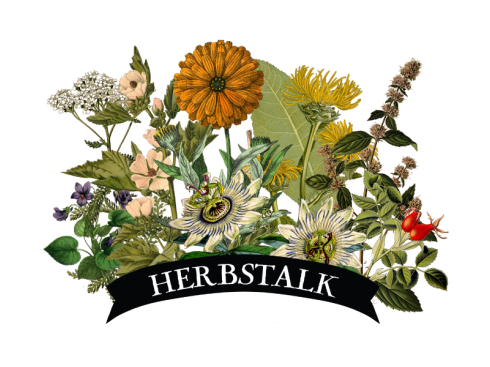
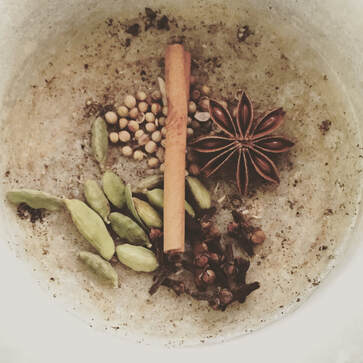

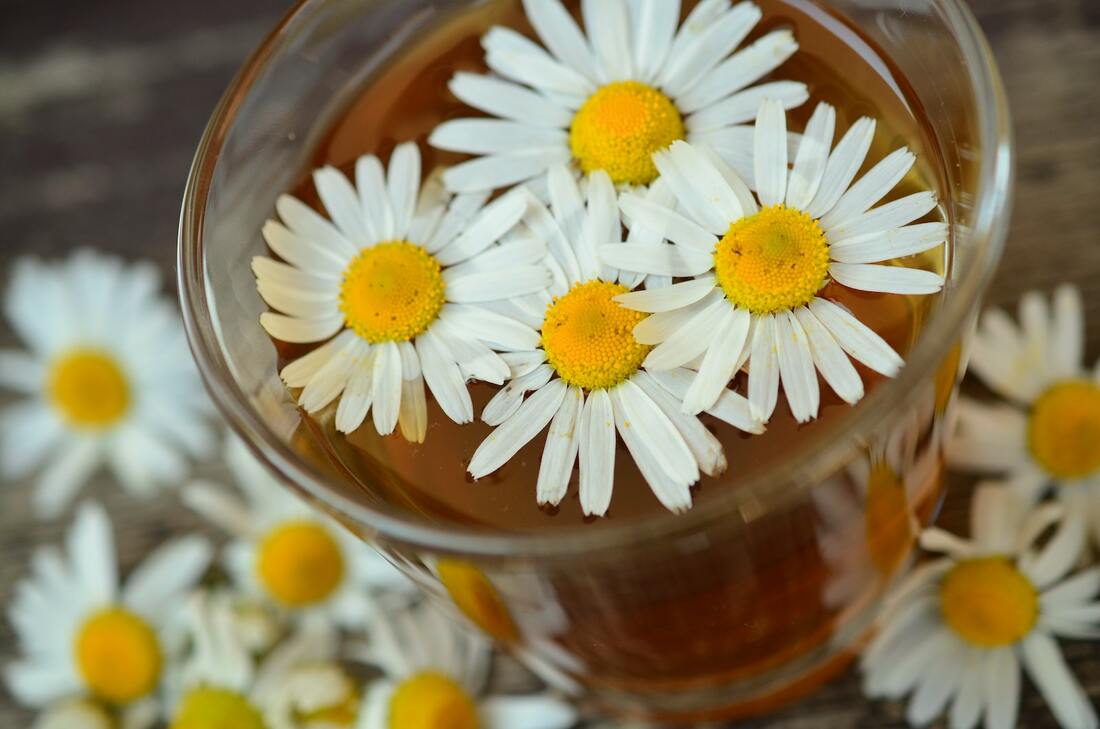
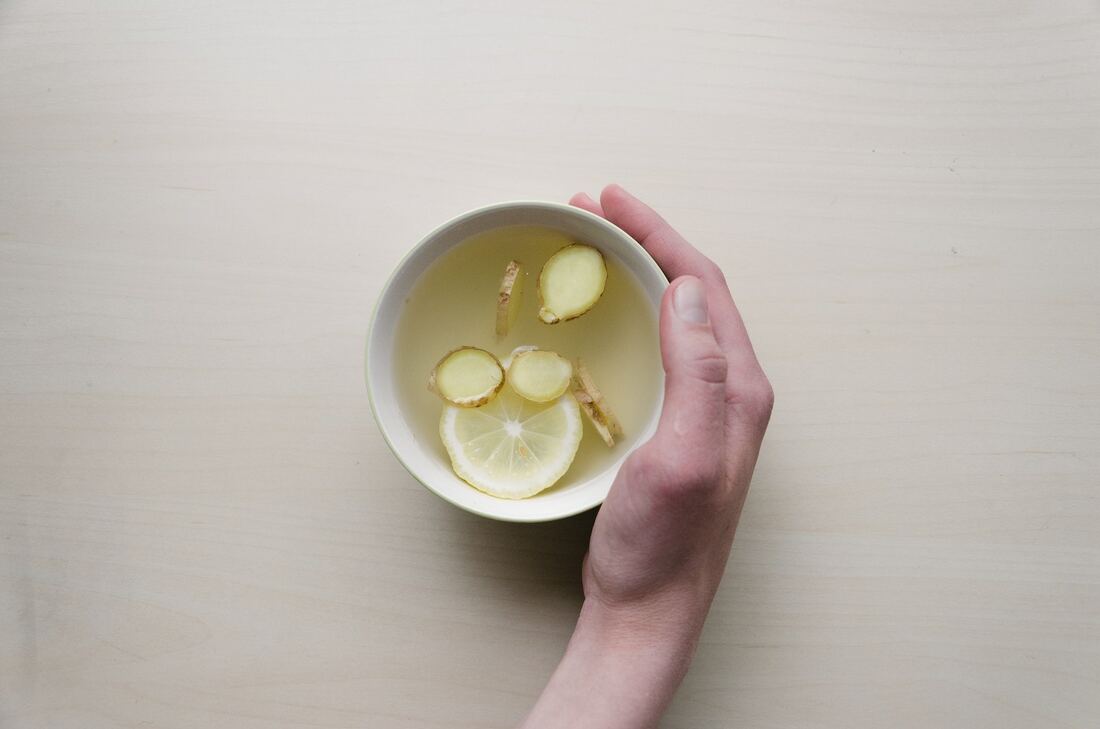
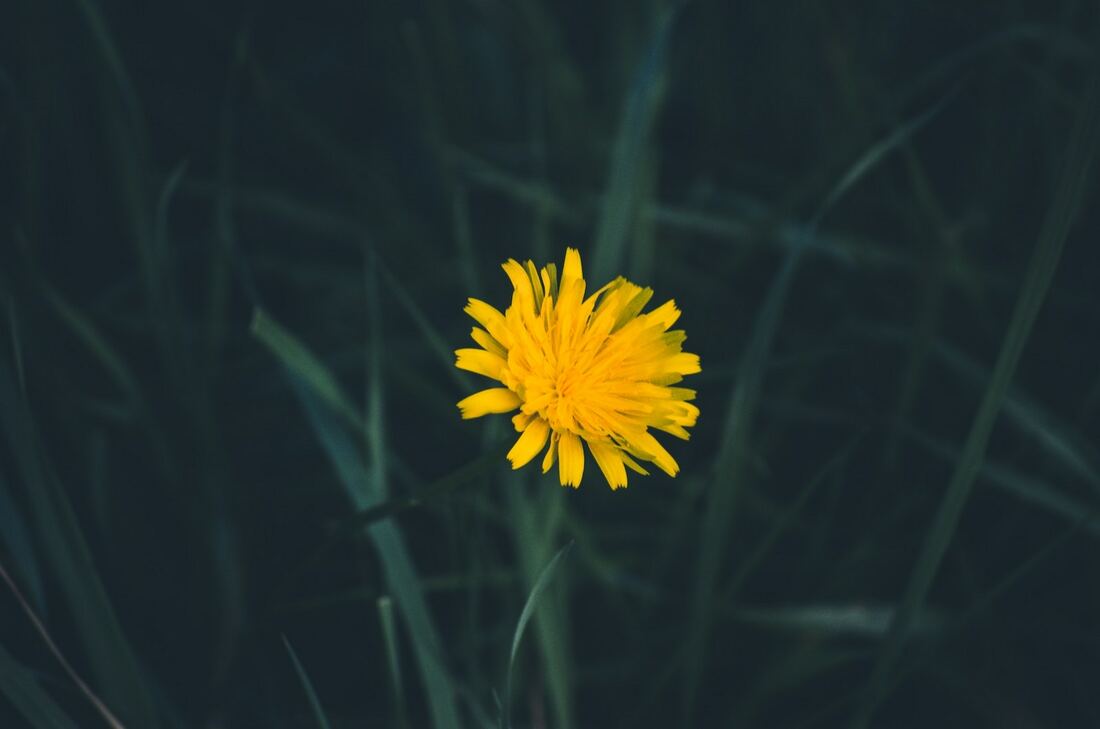
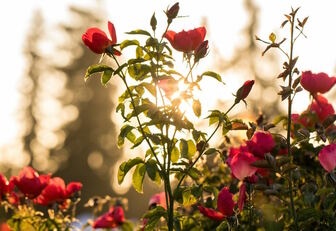
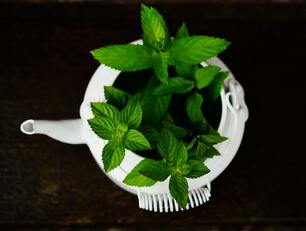

 RSS Feed
RSS Feed